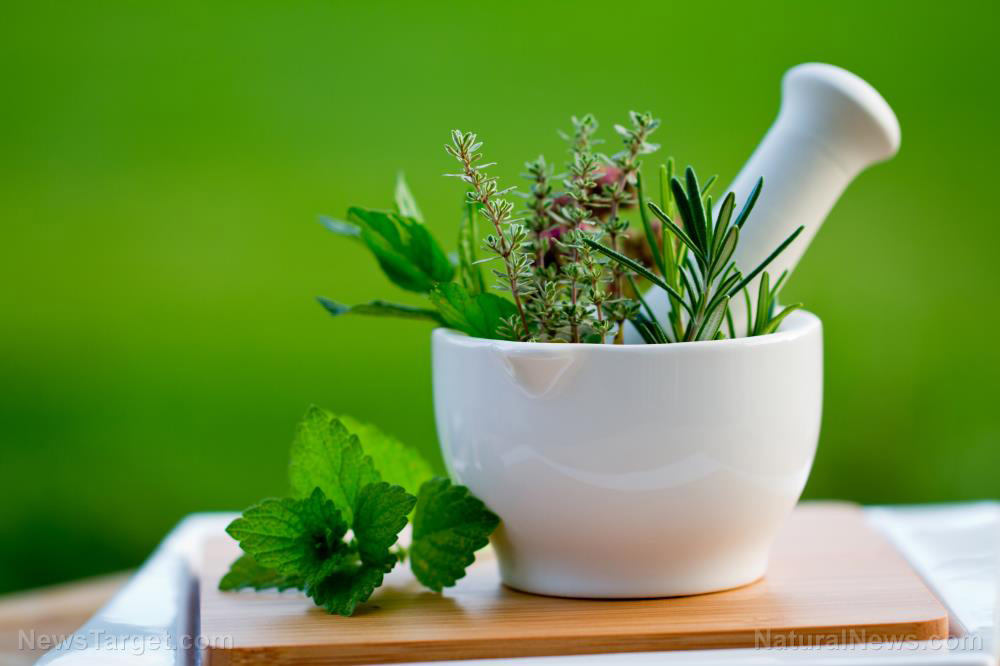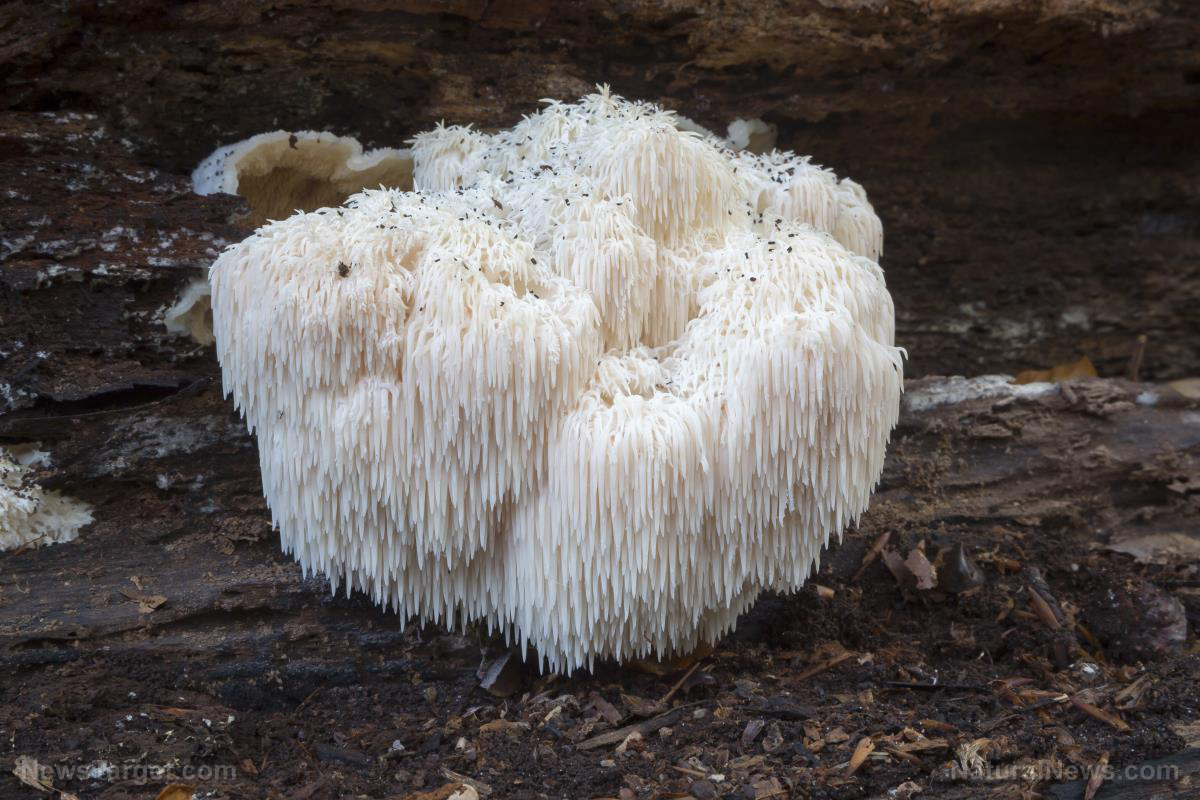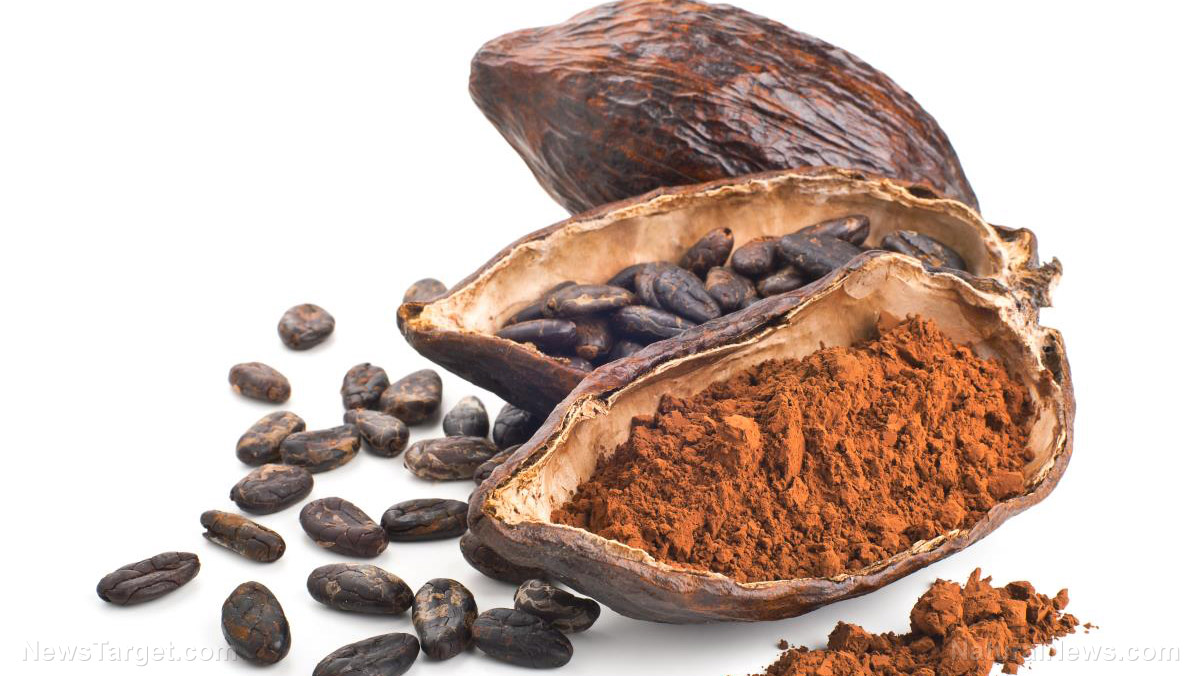Researchers discover natural treatment for blindness caused by degenerative eye diseases
07/10/2019 / By Edsel Cook

The colorful hyacinths grown in many gardens contain compounds that could naturally treat degenerative eye diseases. These beneficial substances may one day provide a means of preventing the onset of blindness caused by eye diseases.
Several conditions could lead to blindness. For pre-term babies, it is retinopathy of prematurity (ROP). One out of every five premature babies has this disease, and in most cases, ROP affects infants who are delivered before the 32nd week of pregnancy or weigh less than 3.3 pounds (1.5 kilograms).
For adults, those with diabetes could develop proliferative diabetic retinopathy (PDR). This disease is a result of high blood glucose levels damaging blood vessels in the rear portion of the eye. If left untreated, PDR can rob diabetics of their sight. Experts estimate that there are around 28 million cases of PDR worldwide; 7.7 million of these are from the United States alone.
Older adults become increasingly vulnerable to age-related macular degeneration (AMD) as they age. In particular, wet MD — the advanced and damaging form of this eye disease — is responsible for majority of the cases of complete vision loss in the elderly. This incurable disease occurs in 10 percent of older adults that develop AMD. (Related: A wild species of banana native to South Asia found to have powerful antidiabetic properties.)
Natural compounds in hyacinths may stop the onset of blindness
Interestingly, plant-based compounds called homoisoflavonoids could potentially stop the progression of degenerative eye diseases. Found in hyacinths, homoisoflavonoids have the ability to stop the growth of new but unnecessary blood vessels in the retina. These blood vessels can easily burst open and bleed, damaging the macula and the surrounding retina. The growth of new blood vessels is a common feature of blindness-causing diseases like ROP, PDR, and AMD.
Hyacinths have seen much use in traditional medicine. Over the centuries, folk healers have learned to use these flowers to treat a variety of health issues.
A 2017 study by Turkish researchers analyzed the ethnobotanical applications of plants in the family Hyacinthaceae, particularly the plant species found in their country. They identified heart diseases, gastric diseases, hemorrhoids, prostate cancer, rheumatism, skin diseases, and urinary tract infection as health problems that can be treated by hyacinth-based folk medications.
In a new study published in the Journal of Natural Products, researchers from the University of Surrey and Indiana University (IU) investigated the biological activity of homoisoflavonoids. They wanted to evaluate their effectiveness and that of synthetic derivatives in preventing the unwanted growth of blood vessels in the eye.
The researchers reported that some of the compounds inhibited the formation of new blood vessels and the rapid increase in number of a disease-relevant cell type called retinal microvascular endotholial cells.
They also identified a synthetic derivative — chromane — that showed the best activity. The researchers believe that this compound can be developed as a future treatment for degenerative eye diseases.
A plant-based therapeutic approach that doesn’t need injections or lasers
“It goes without saying that losing your eyesight is a devastating experience,” said Surrey professor Dulcie Mulholland, a co-author of the study. “We believe that our results hint at possible future treatments for many degenerative eye conditions and it appears that nature still has many secrets to reveal.”
Mulholland’s counterpart at IU, Professor Tim Corson, added that current therapeutic approaches for degenerative eye diseases call for either injecting drugs into the eye or using laser surgery. Both therapies are expensive and are not guaranteed to work for all patients.
The study conducted by Mulholland and her team can be considered a significant step toward the development of new therapies that do not include the shortcomings of conventional treatments.
“The discovery of new and innovative treatments from natural sources for life-altering diseases has huge potential,” said Dr. Sianne Schwikkard, the first author of the study. “This work has produced a real opportunity to further collaboration and has the potential to bring breakthroughs in the treatment of degenerative eye-diseases.”
Sources include:
Submit a correction >>
Tagged Under:
age-related macular degeneration, aging, alternative medicine, angiogenesis, blindness, degenerative eye diseases, diabetes, disease treatments, eye health, folk medicine, herbal medicine, Herbs, Homoisoflavonoids, hyacinth, infant's health, loss of vision, natural cures, natural medicine, prevention, proliferative diabetic retinopathy, remedies, research, retinal damage, retinopathy, traditional medicine, Wet macular degeneration
This article may contain statements that reflect the opinion of the author
RECENT NEWS & ARTICLES
Herbs.News is a fact-based public education website published by Herbs News Features, LLC.
All content copyright © 2018 by Herbs News Features, LLC.
Contact Us with Tips or Corrections
All trademarks, registered trademarks and servicemarks mentioned on this site are the property of their respective owners.






















